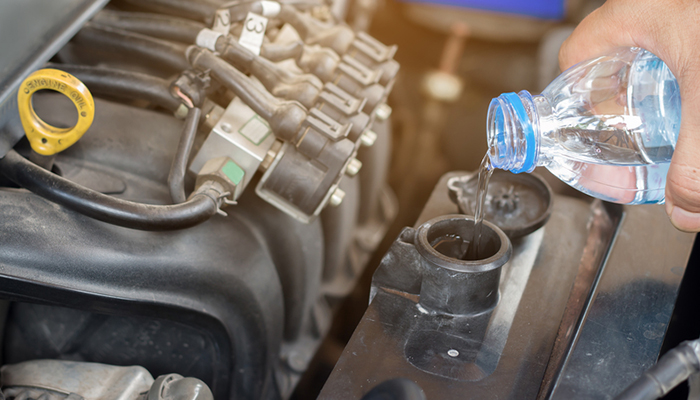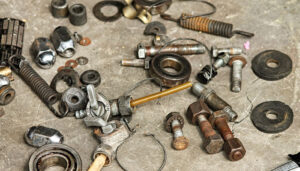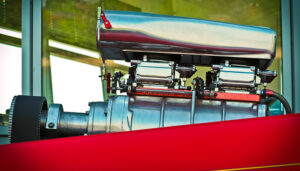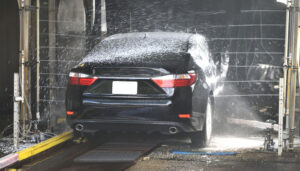Your engine will start to malfunction when the heat or the water temperature of your car gets too high. If left unattended, this can lead to serious issues that may permanently damage your vehicle. So, to prevent this from happening, it is essential to maintain proper water temperature at all times, regardless of the driving conditions.
In this post, we are going to discuss the reasons why the water temperature in your car gets too high. This way, you will be able to address the issue right from the source and avoid bigger problems down the road.
Understanding Water-Cooled Vehicles
In general, cars are either air-cooled or water-cooled. However, a huge percentage of vehicles are designed with water cooling features. While running, the engine can get extremely hot, and the car radiator functions to ensure that its temperature is regulated properly. This is also the reason why car maintenance routines include filling up the radiator with an appropriate mixture of water and antifreeze/coolant.
Vehicles that are water-cooled are designed and engineered to provide their optimum performance and lifespan when their water temperatures are maintained at consistent levels. So, when the water heat rises, the iron, aluminum, or steel internal engine components will seize up. Eventually, they might start to melt literally, destroying other parts like the pistons, crankshaft, cylinders, connecting rods, and valves, among others.
Preventing Your Car from Overheating
If you want to ensure that the water temperature in your vehicle is regulated properly, you must include coolant/antifreeze fluid check as part of your regular car maintenance routine. Keep in mind that without coolant, the heat coming from the constant internal combustion will damage your engine quickly. Using water alone is not enough to keep the system cool. Eventually, the high temperatures will boil the water off. On the other hand, during extremely cold weather conditions, the water will just start to freeze when your vehicle is sitting idly. So, it is advisable to check your car manual to know the recommended ratio of the water and coolant/antifreeze mixture.
Remember to check the coolant int the cooling system on a regular basis to ensure that none of the components is starting to corrode. It is true that ethylene glycol, the main component of antifreeze, does not expire. However, the additives that protect against corrosion will eventually expire. So, it is recommended to change the coolant every 30,000 miles.
Do not forget about car radiator maintenance too. Make sure that it is in good working order and that there is no rust build-up. Otherwise, the heat exchanger will malfunction and cause issues down the road.
Usually, the radiator can be found at the front of the vehicle, right before the engine. You will see thick, rubber cooling hoses attached to the hoses. They lead directly to the inner part of the engine. The temperature gauge or indicator light on your dashboard will tell you that the water temperature is too high and that your engine is not getting cooled adequately. You may even see white fumes and smoke escaping from under the hood, accompanied by a burning odor.
When this happens while you’re driving, make sure you pull over to the side of the road immediately and safely. Do not forget to turn the ignition key to shut the engine off. Also, place the transmission to the Park position. Grab a towel and open the hood to let the steam escape. After letting the engine and radiator cool down, open the radiator cap slightly to let heat and steam out. Once the radiator is cool enough, you can pour the water and antifreeze/coolant mixture in.
Can you share other tips for regulating your engine’s temperature?
Please feel free to discuss them in the comments below!



